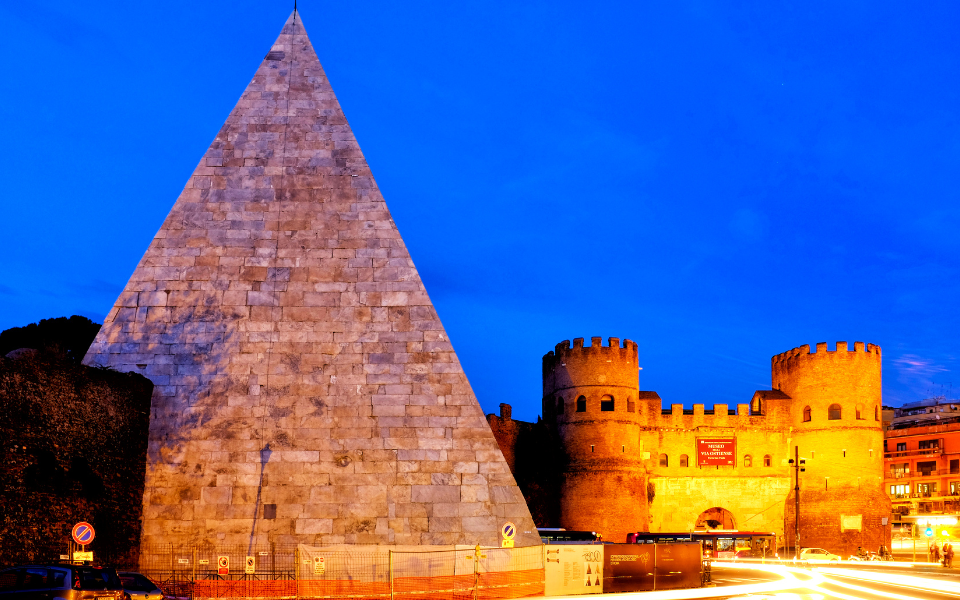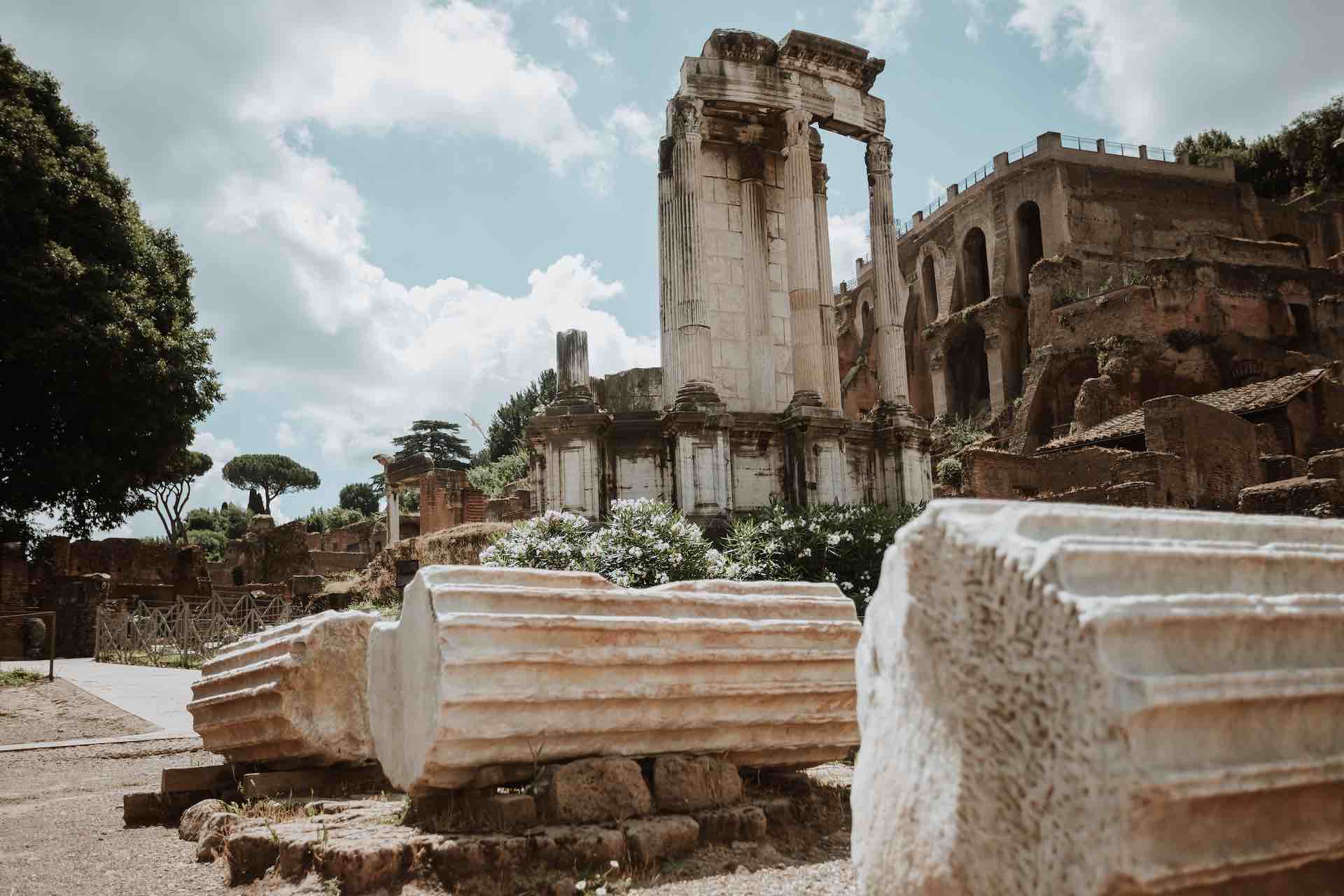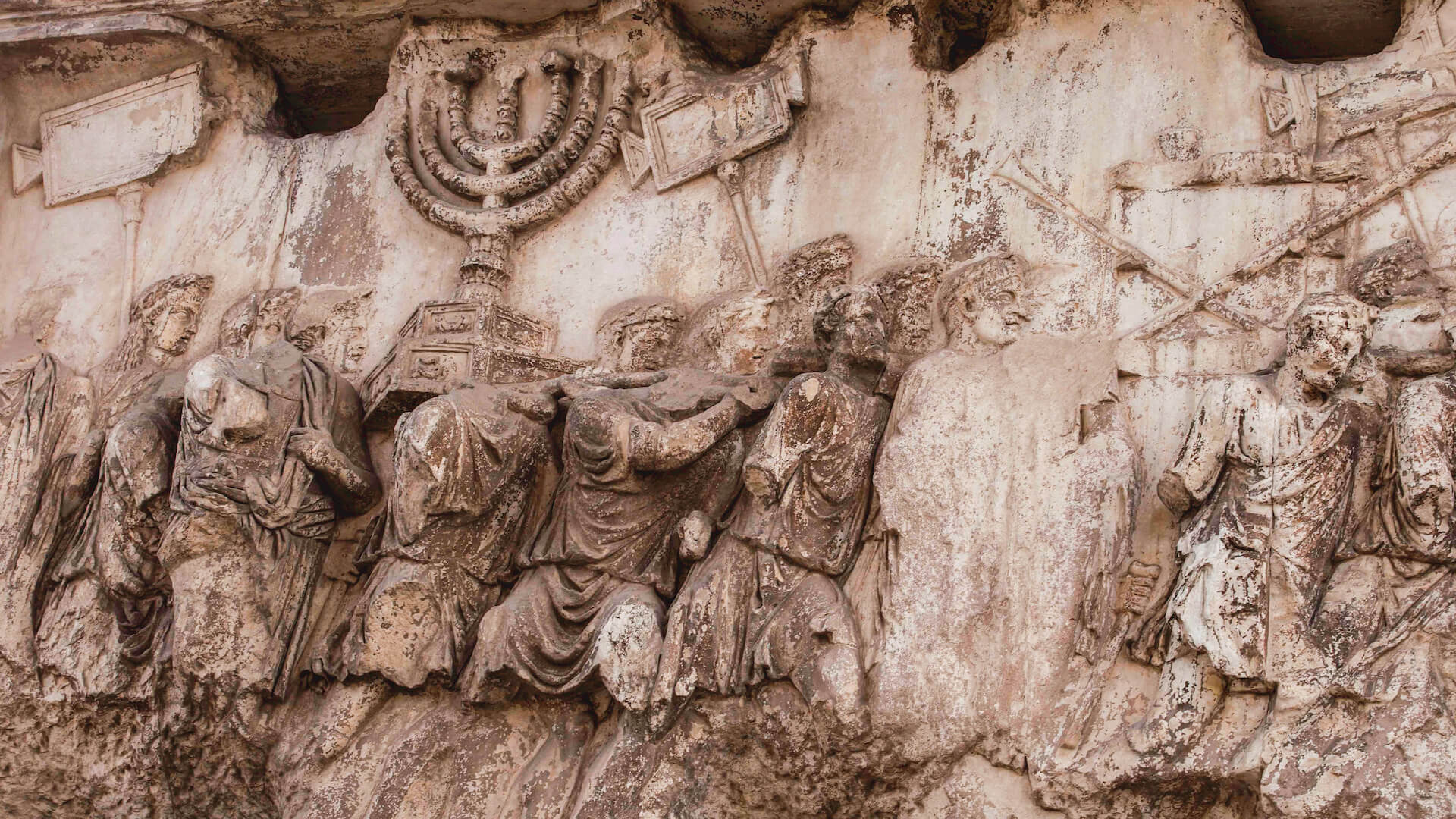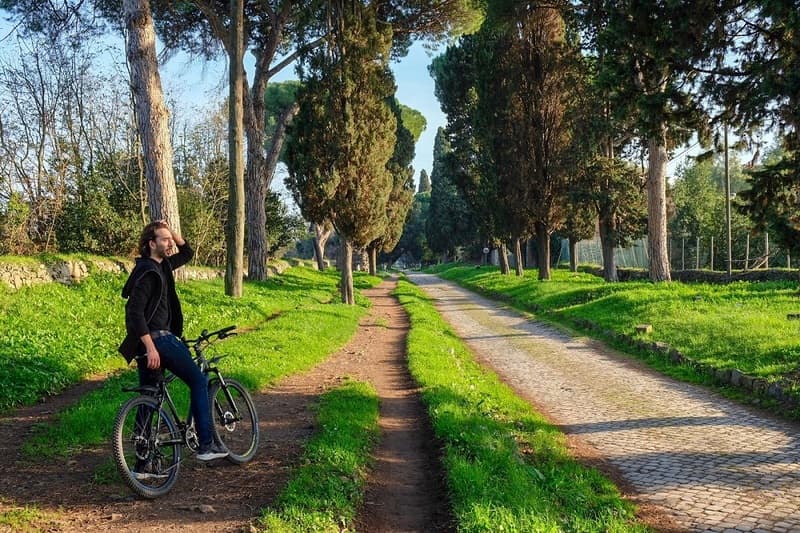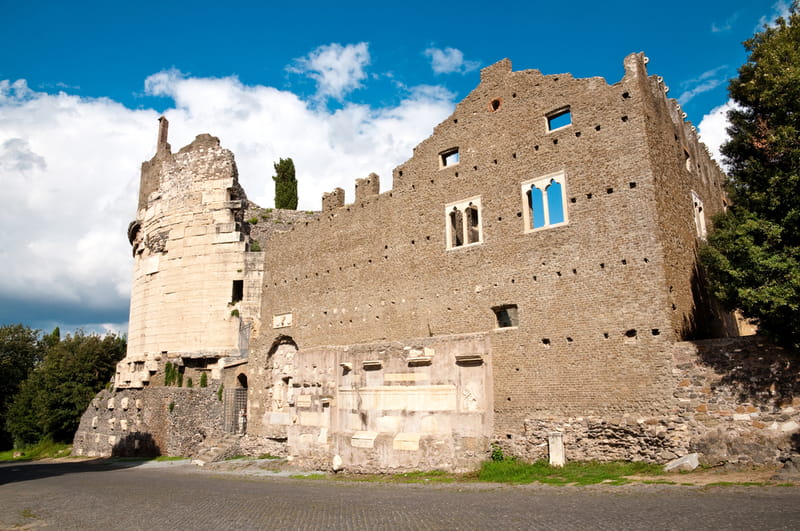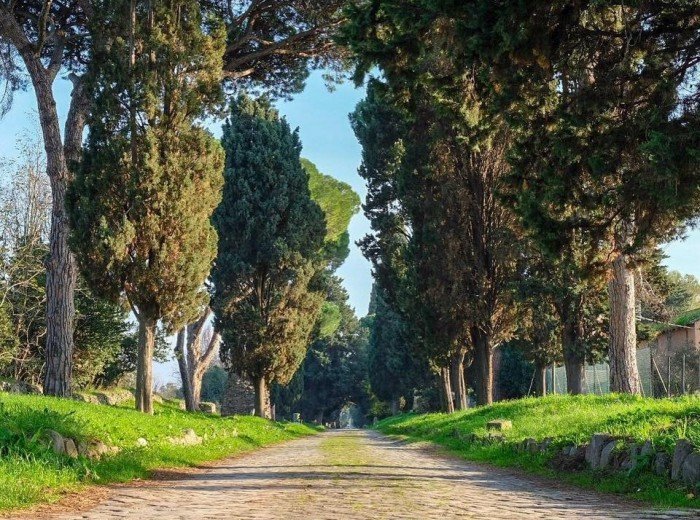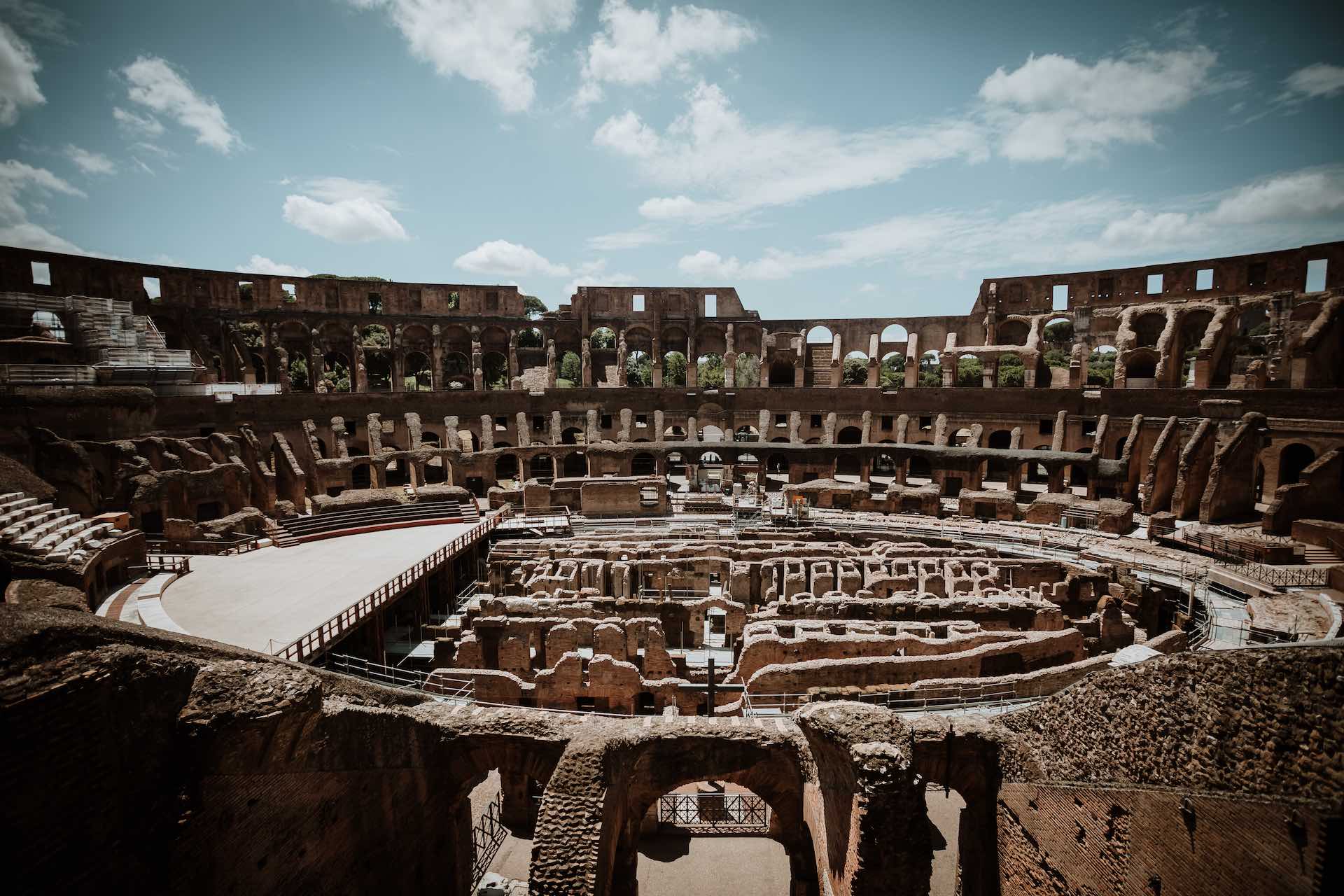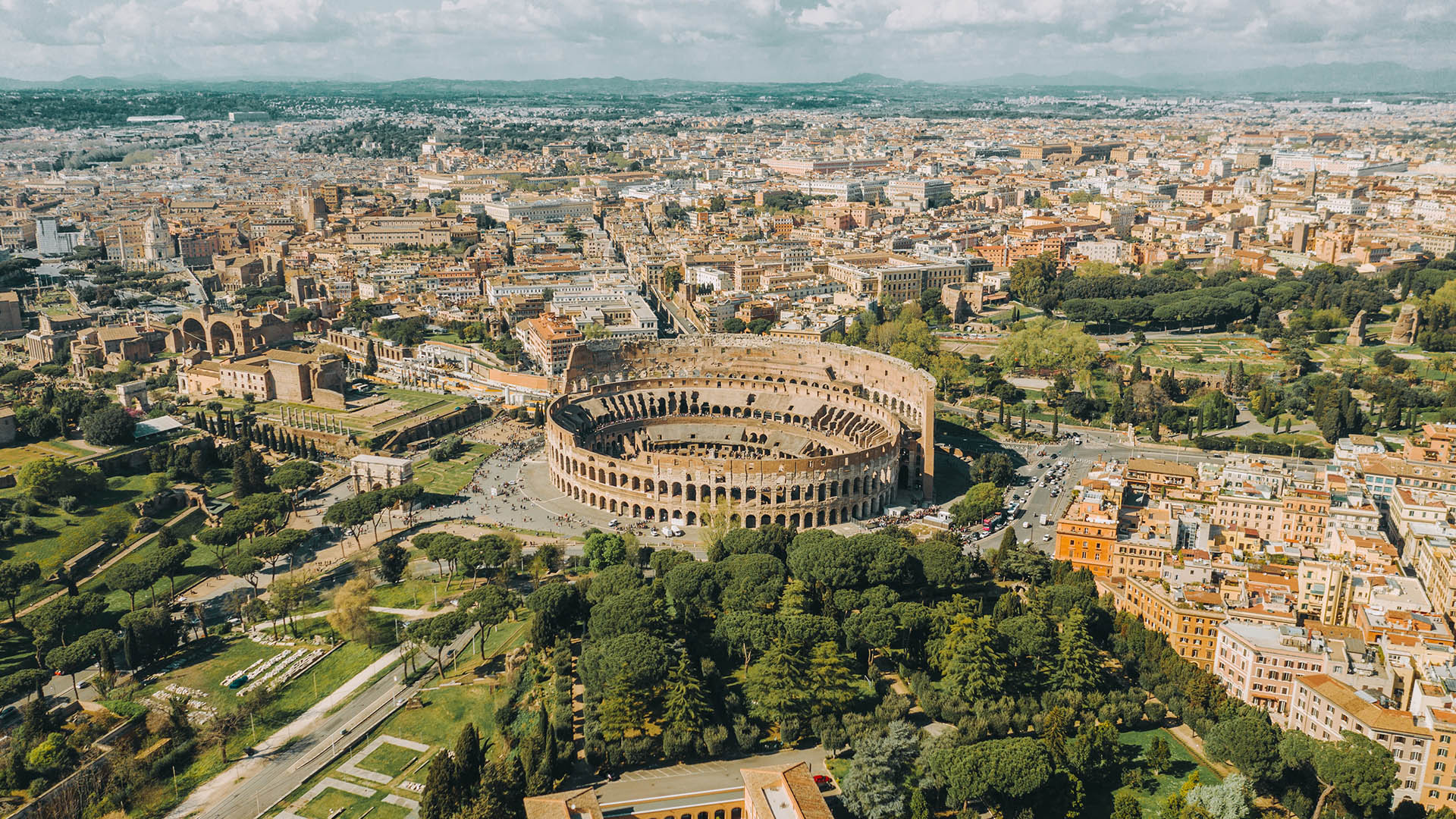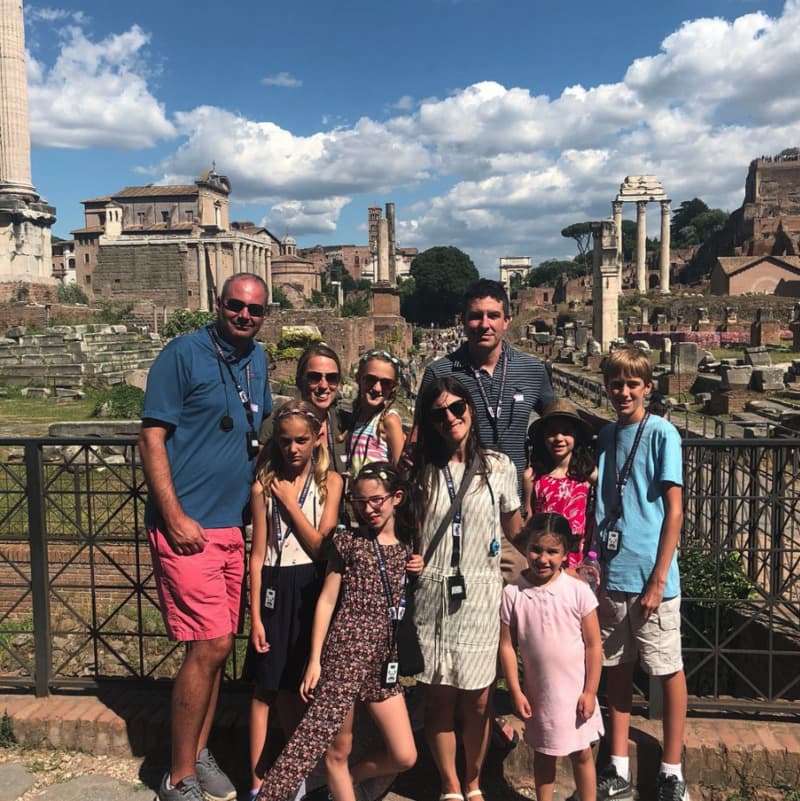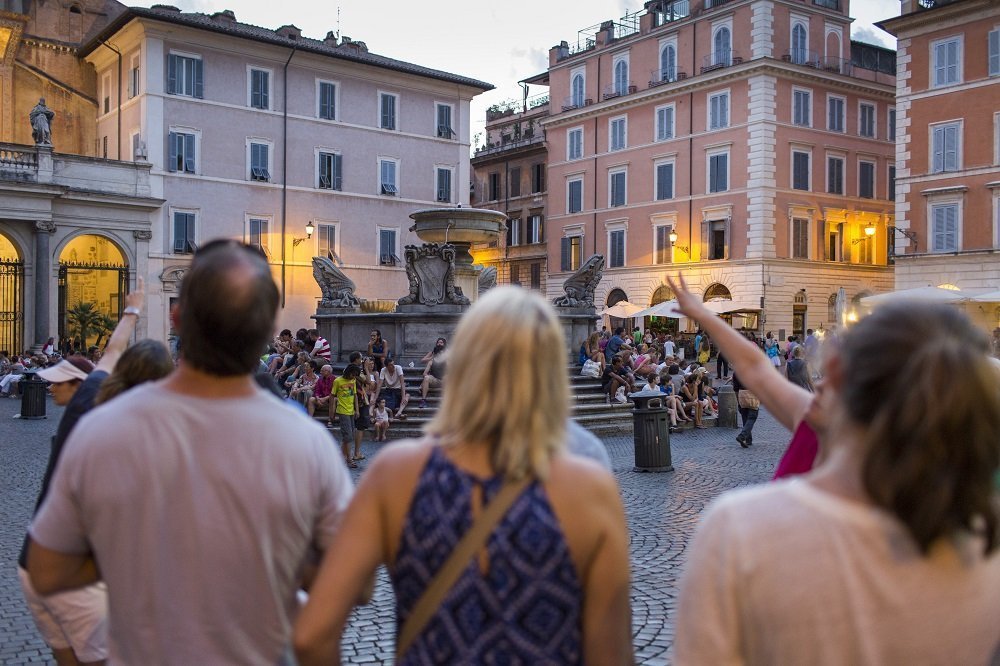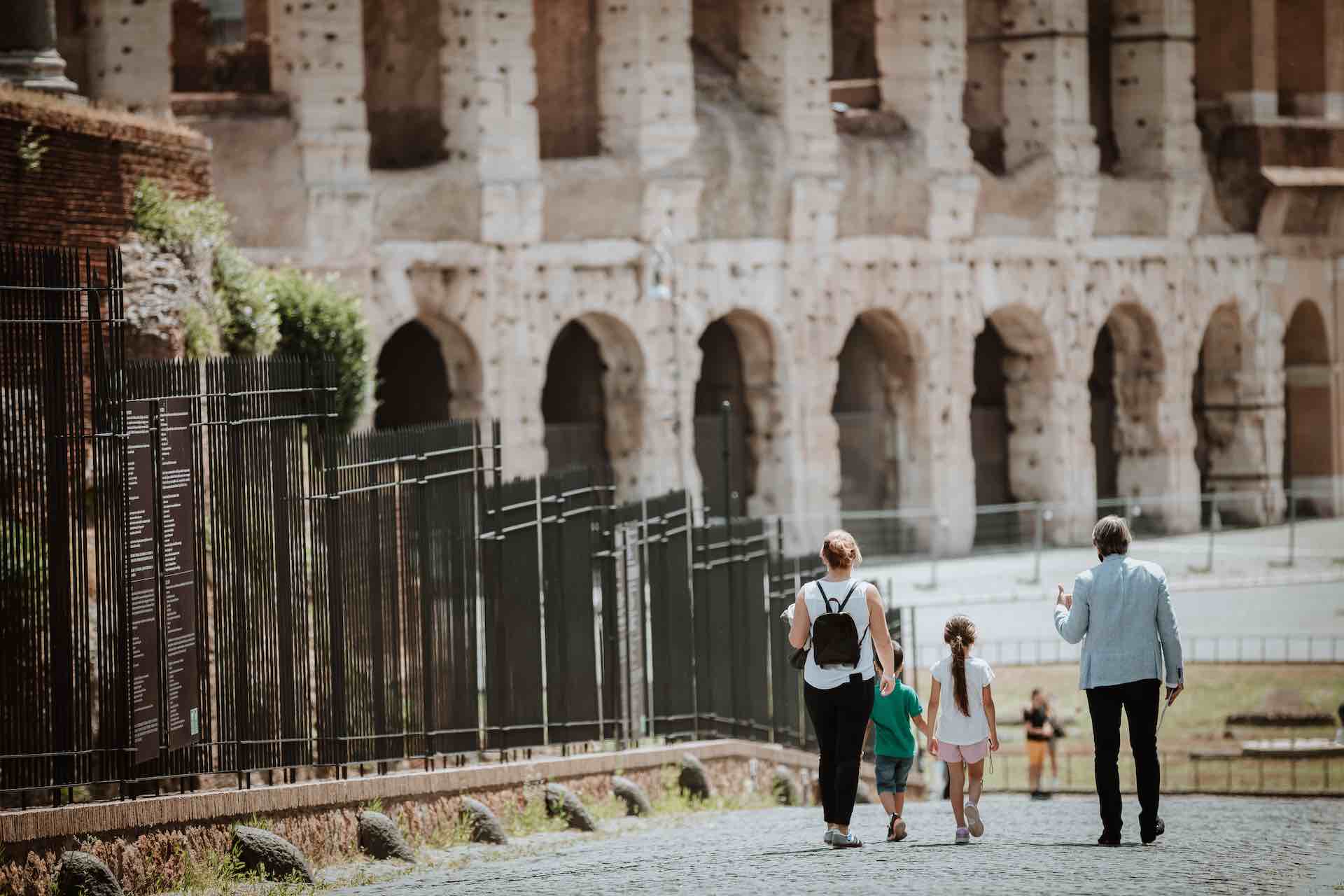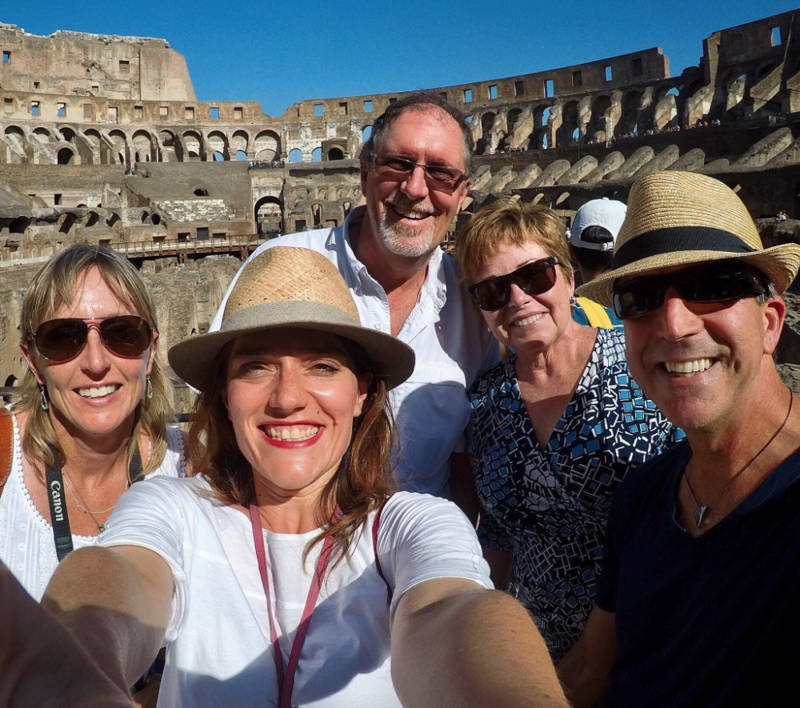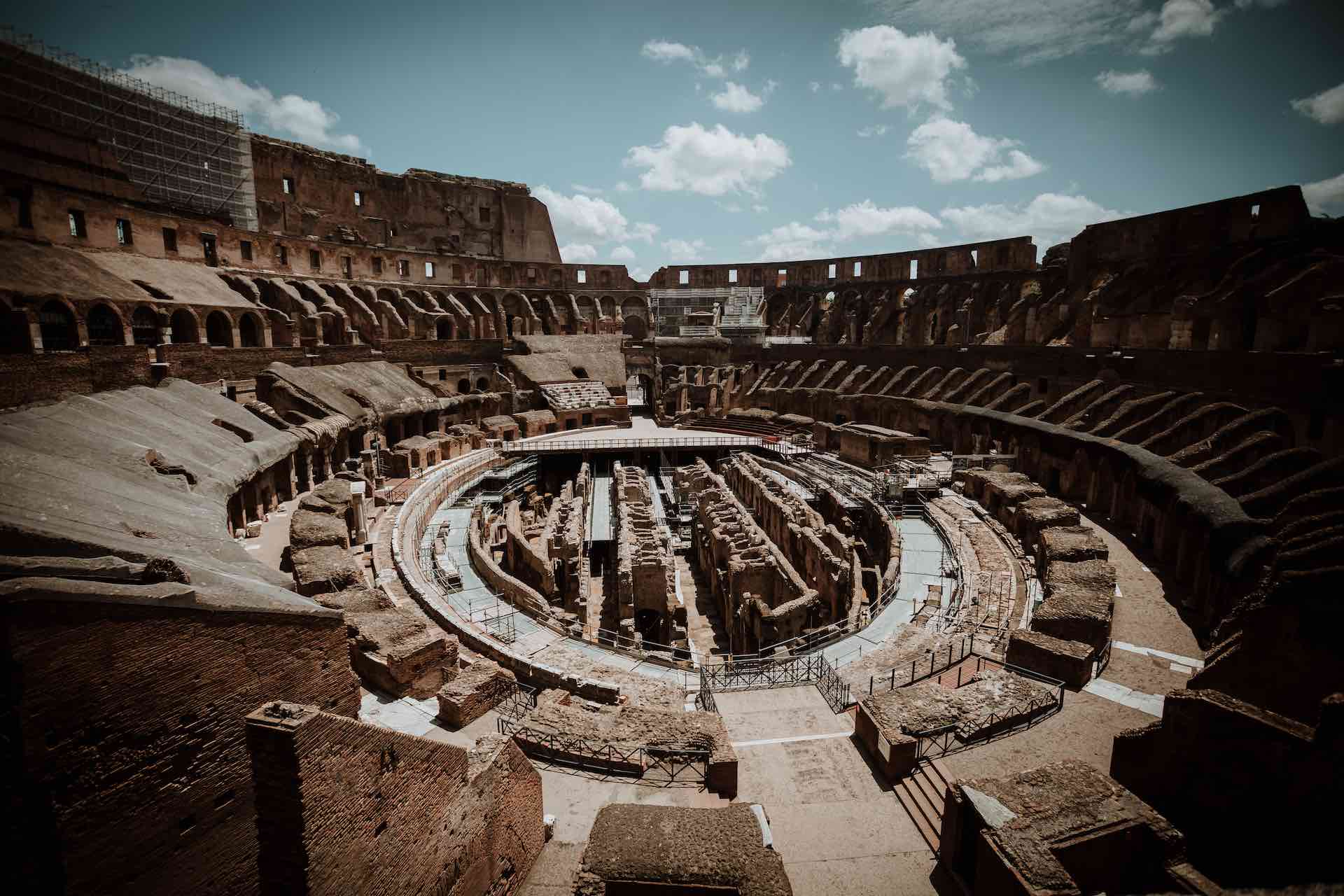Foundations of fortification have likely surrounded the Eternal City since its inception in the 8th century BC, with the still partly standing Servian Walls dating at least back to the 6th century BC.
Of course, with these thick stone ramparts designed to keep unwanted presences out, come magnificent gateways (or porte in Italian) providing both the people of the city and outside traders a certain level of freedom of movement.
Once brilliant displays of power, many of these archways still stand as crumbling bastions of millennia gone by. Yet their enduring presence is an emblematic statement of how architecture, even in Rome’s nascent years, was built to last. These are the gates of Ancient Rome.
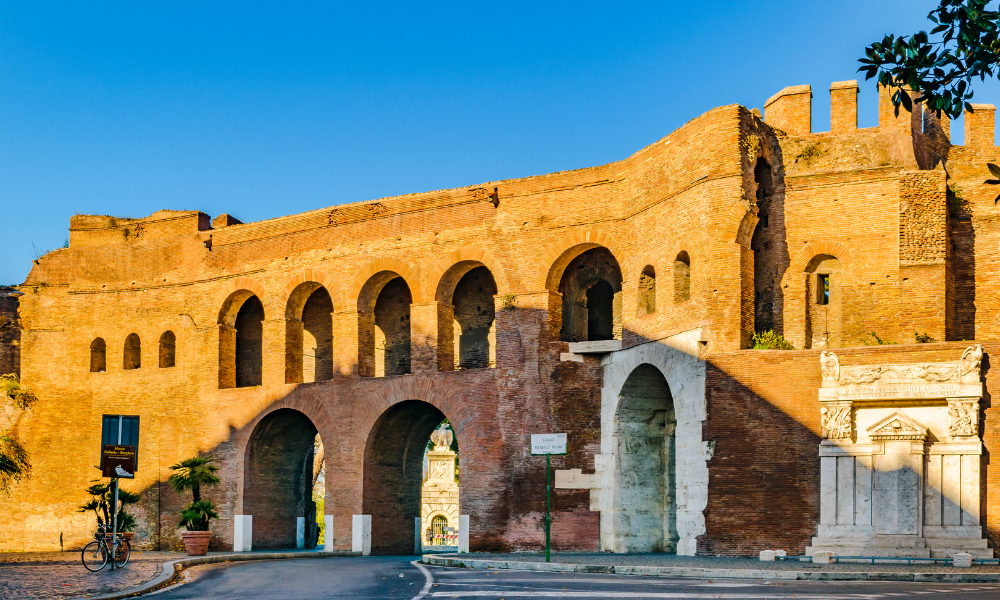
Porta Pinciana
Memories of Ancient Rome in the North
Now a sprawling capital city, Rome’s city walls once encircled the nucleus of today’s center. A trio of ancient gates, Porta Caelimontana, Porta Esquilina, and Porta Carmentalis, remain as a legacy of these winding Servian Walls. However, as is the case with much of Rome’s history, new gates have been consistently added to satisfy centuries of expansions and changes.
Venture to the north of the city and you will encounter some of the most awe-inspiring gates of Ancient Rome, as well as fascinatingly beautiful Christian arches.
Unfortunately, one of Rome’s most famous northern gates takes a little imagination to be seen. Porta Salaria, known for where the Alaric and the Visigoths entered the city during the 410 AD Fall of Rome, now represents a war memorial for fallen soldiers during World War I in Fiume.
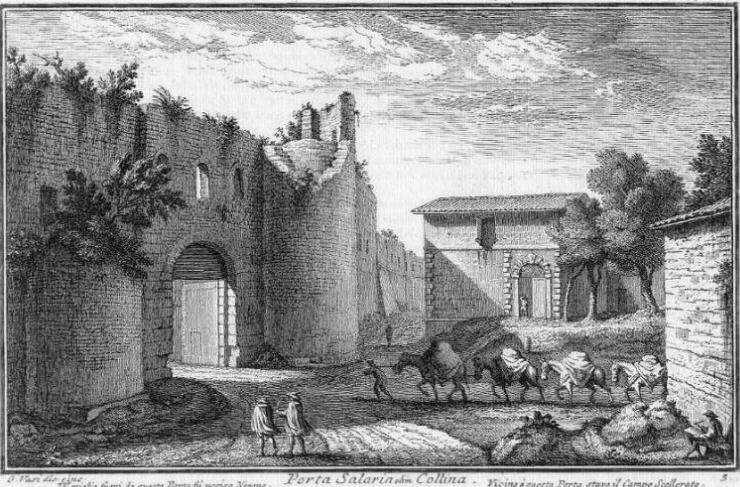
18th Century etching by Giuseppe Vasi
However, one doesn’t have to travel far to find an equally ancient gate, Porta Pinciana, tucked into the city walls. Once a military entrance, the gate has been fortified, ‘plugged’, and unplugged numerous times, yet still stands remarkably still at the edge of Villa Borghese.
For those who wish to gain the gratification of visiting gateways still adorned with intricate artworks and grandiose aspects in the northern part of the city, we have to travel to the Rome of the Popes. Both Porta del Popolo and Porta Pia were erected roughly 1,000 years after their ancient counterparts and bear relevance to their Renaissance influence in their marble structuring and papal decorations.
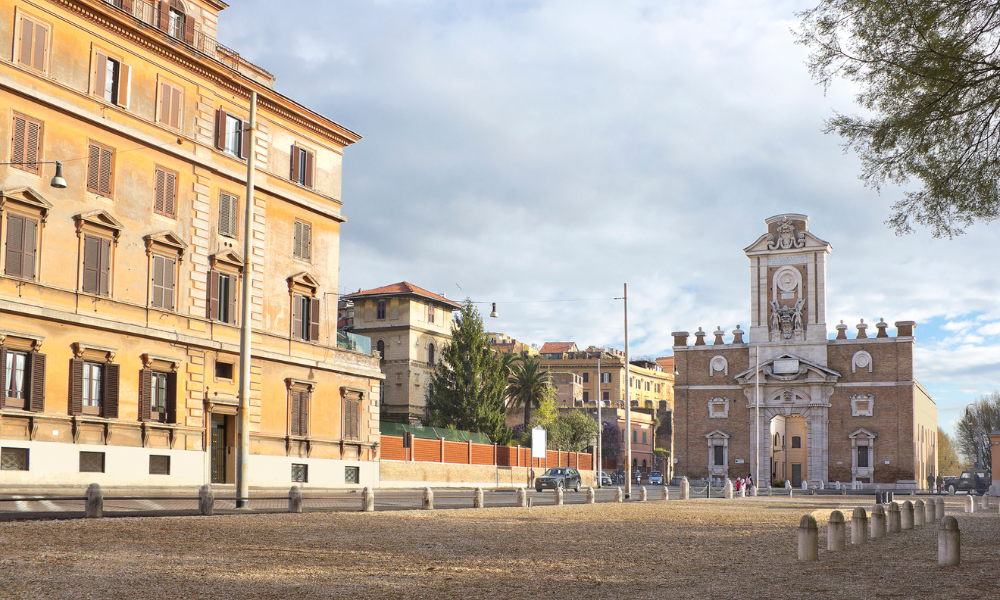
Porta Pia
The Eastern gates of Ancient Rome
Whilst the north holds mainly crumbling Roman relics and later Renaissance additions, a journey to the east of the Eternal City reveals perhaps the best-preserved pair of gates of Ancient Rome.
With its history stretching back to the 1st century BC, Porta Tiburtina began as an arch built by Emperor Augustus. The gate grew and evolved, but perhaps the most interesting aspect remains upon the Augustan arch – a decoration of bull skulls wearing garlands, referring to the blessing of sacrifice.
Crossing the tracks sprawling out of Termini train station and we come across the wonderful Porta Maggiore. While less than a century younger than Porta Tiburtina, later modifications to this imposing gateway in the 3rd century AD are a lasting example of aqueducts entering the Eternal City.
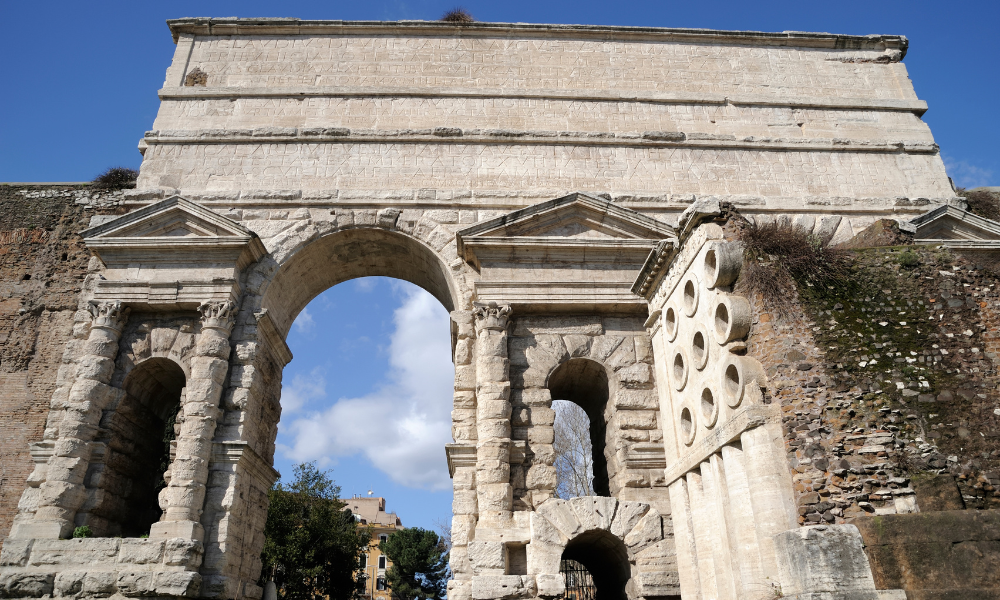
Porta Maggiore
Entering from Via Appia Antica
The South of Rome contains one of the world’s most famous ancient roads, Via Appia Antica. Whether riding in a chariot 2,000 years ago or on a bicycle in the 21st century, the cobbled highway is one of the most direct ways into the city. Alongside the Old Appian Way, of course, came Porta Appia, or as we today call it Porta San Sebastiano.
Adorned with the works of different generations across diverse Roman timelines, Porta San Sebastiano cannot be explained in depth in short. We recommend experiencing an Appian Way Aqueducts Tour, where your expert, licensed guide can delve into all the intricacies as you travel down this ancient route.
Elsewhere in the south of the city, there are Porta San Paolo and Porta Metronia. The former sits in Testaccio, one of Rome’s coolest neighborhoods, and has done since its construction in 275 AD, whilst the latter is a fascinating aqueduct from the same century that lies within the Aurelian Walls.
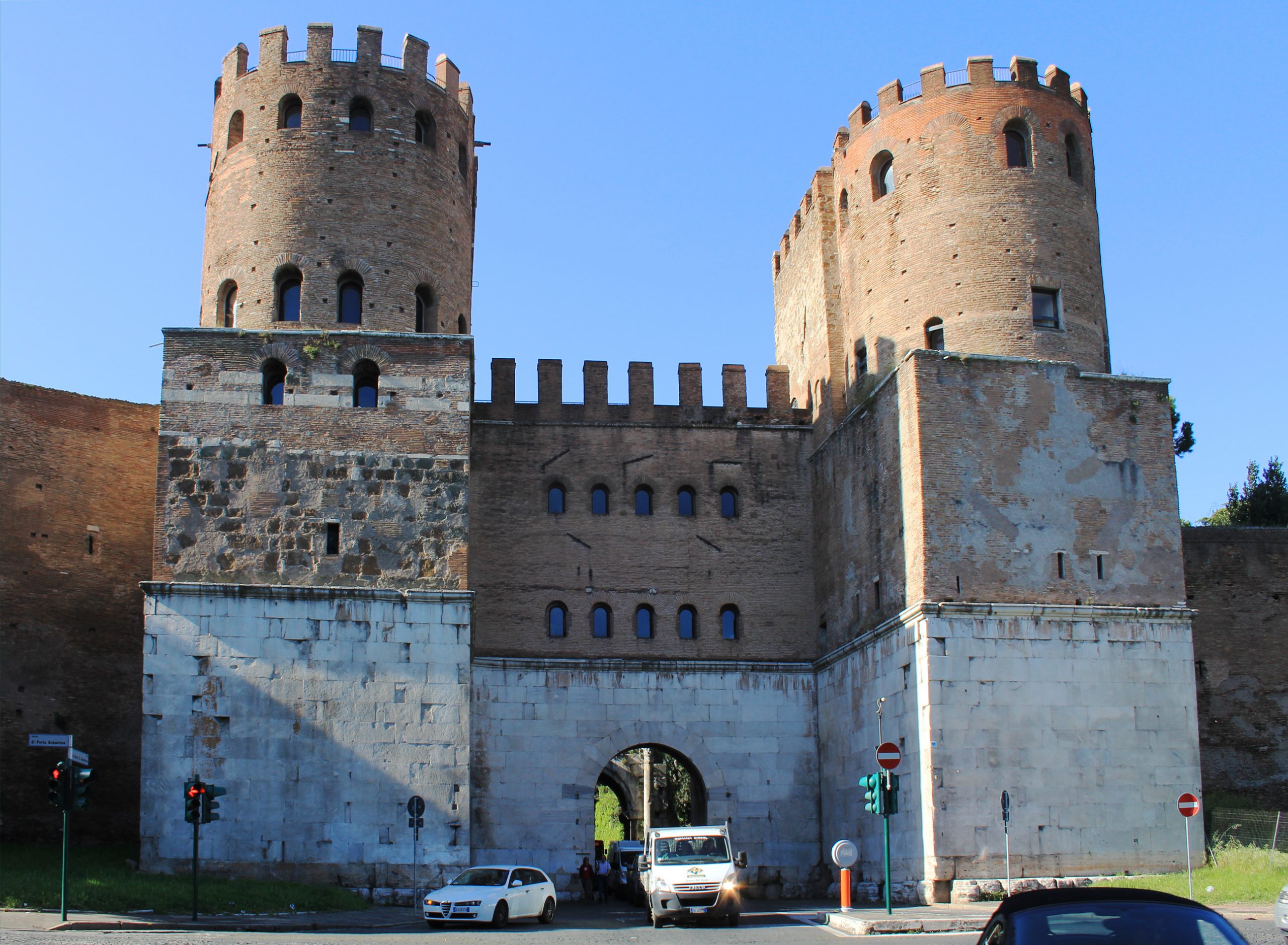
Porta San Sebastiano
Gateways of the Western walls and the Tiber
Ancient Rome’s Western walls are further fortified by the natural boundary of the Tiber. Yet, this does not detract from the gates of Ancient Rome that remain positioned both on its western banks.
Porta Settimiana lies at the top of Trastevere and sits next to the house of Margherita Lutti, the Fornarina. A baker’s daughter, she is famed for being the love of Raphael, who is renowned for his perhaps unrivaled influence on the Italian Renaissance.
Finally, follow the Tiber further south and one will encounter Porta Portese. Once an actual port for delivering goods from the river Tiber, the area is now known for housing the largest open-air market in Europe. It seems the bartering and dealmaking never ventured far from the ancient docks.
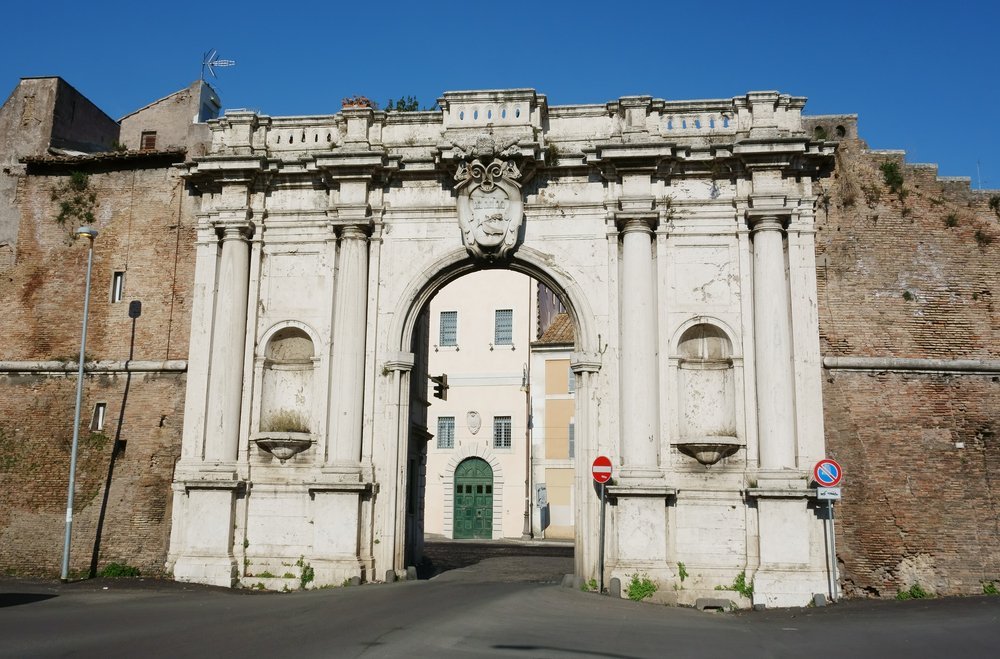
Porta Portese, home to Europe’s largest open-air flea market
See the gates of Ancient Rome with Walks Inside Rome
At Walks Inside Rome, we offer immersive, authentic, and educational tours covering the layered history of the Eternal City. Having done so since 1999, we have built a team of local, licensed guides who are experts in art, history, archeology, and food, to transform your time in Rome into something truly unforgettable.
You can find our full catalog of tours and experiences throughout our website, with booking taken either directly online or by emailing us. We can’t wait to hear from you so we can customize your Roman experience and explore the Eternal City together!

